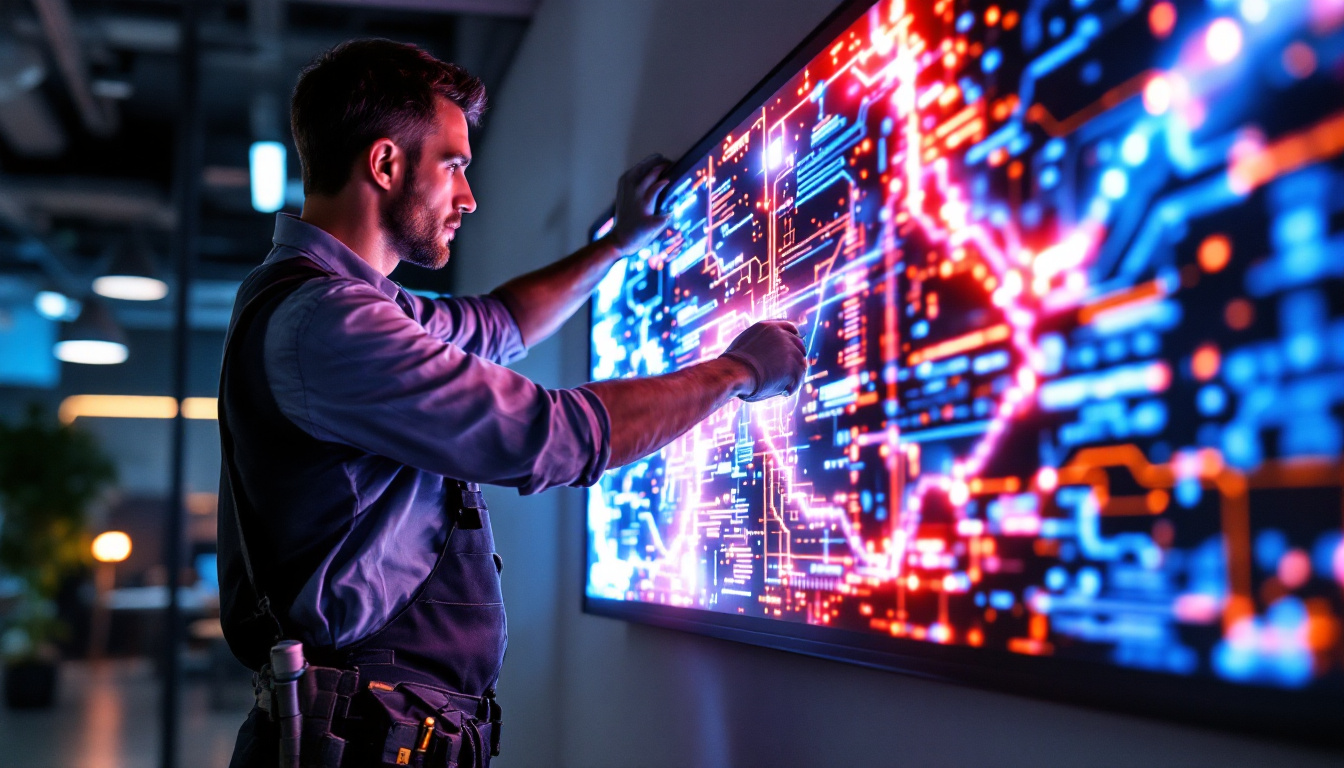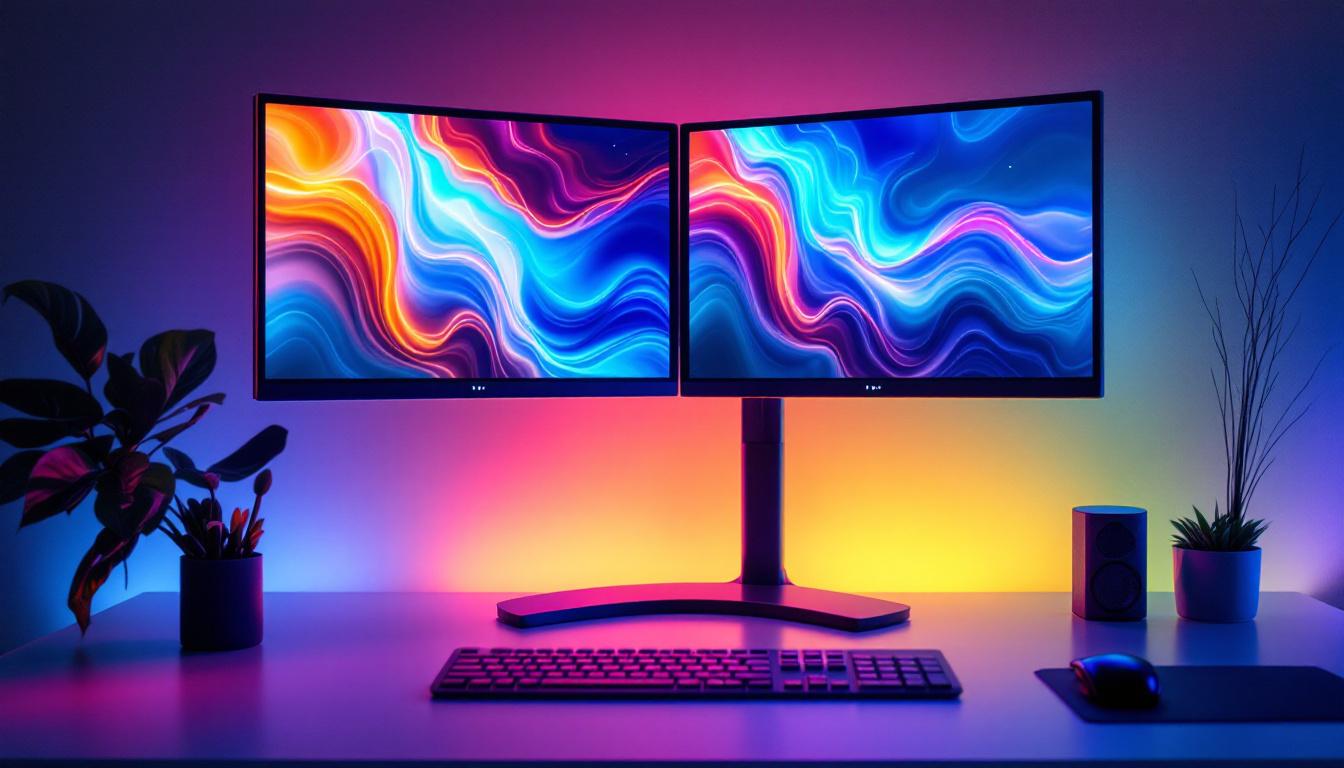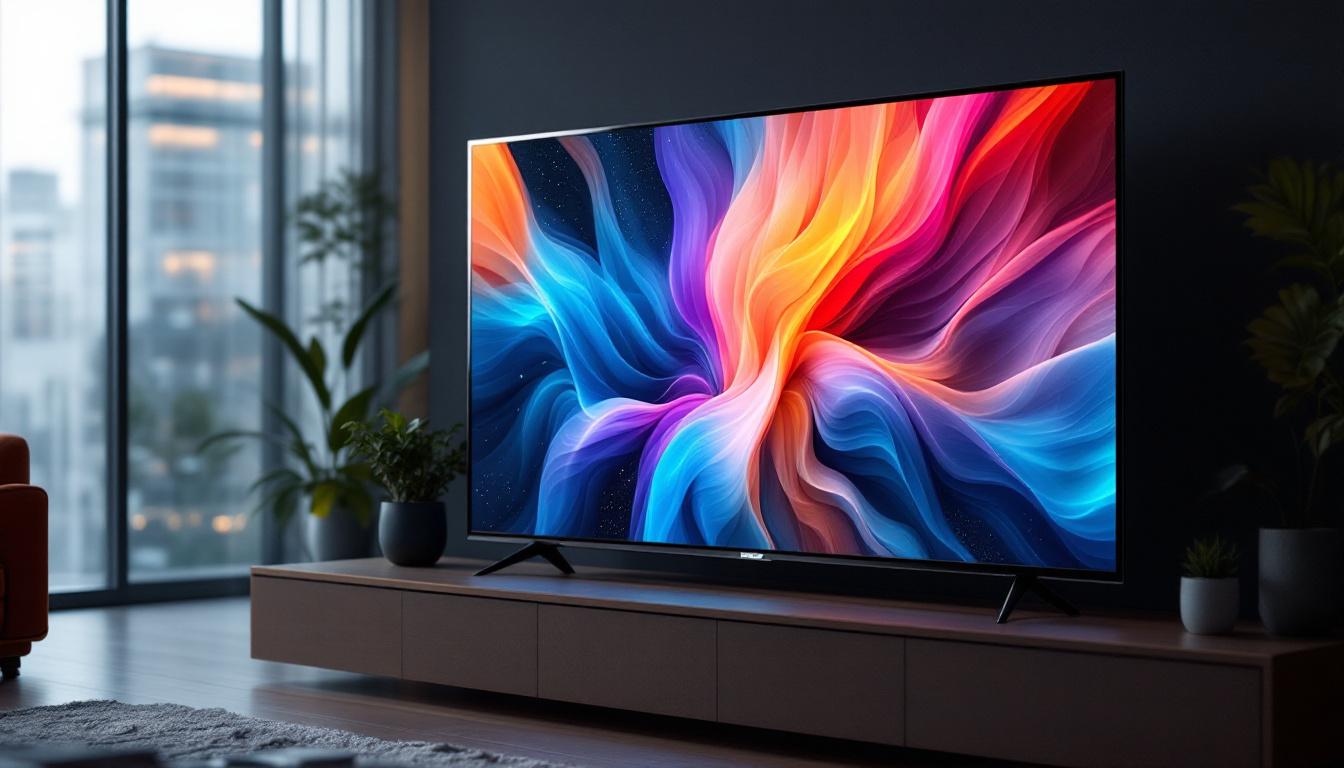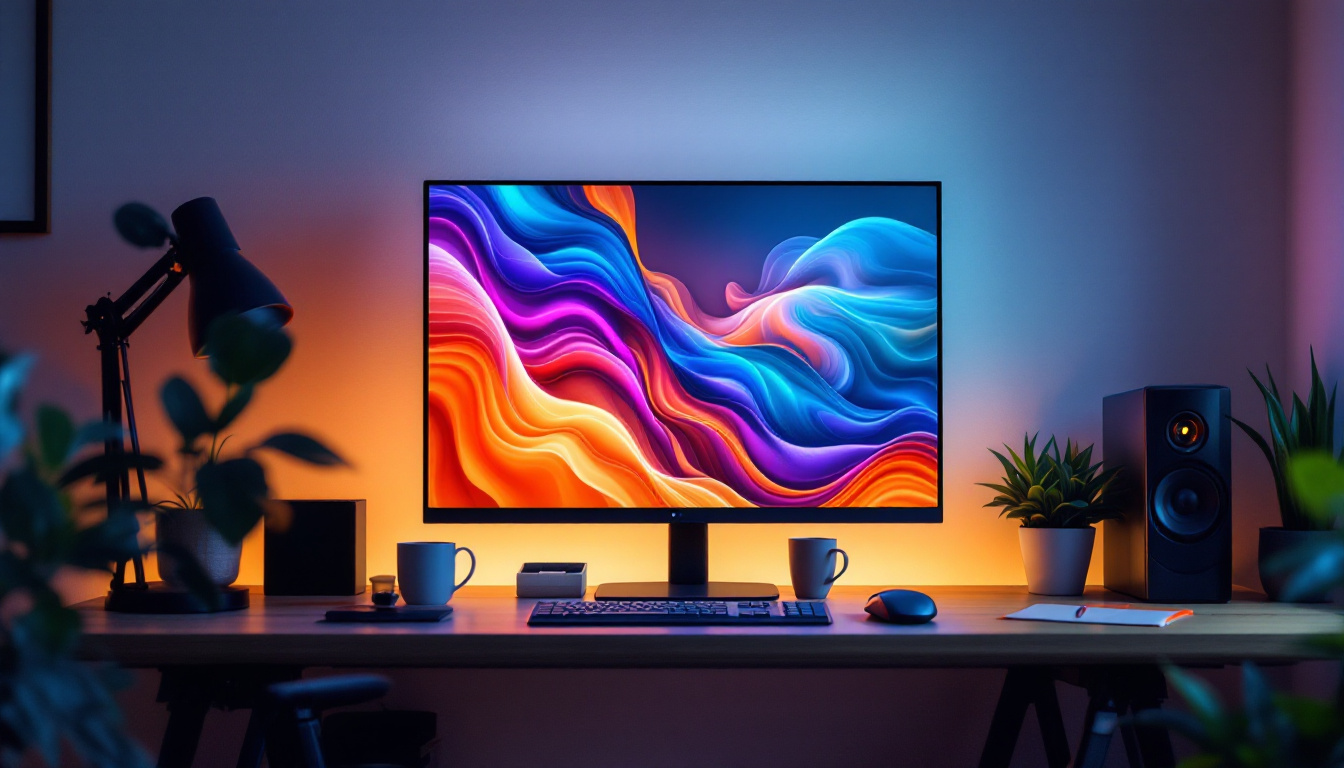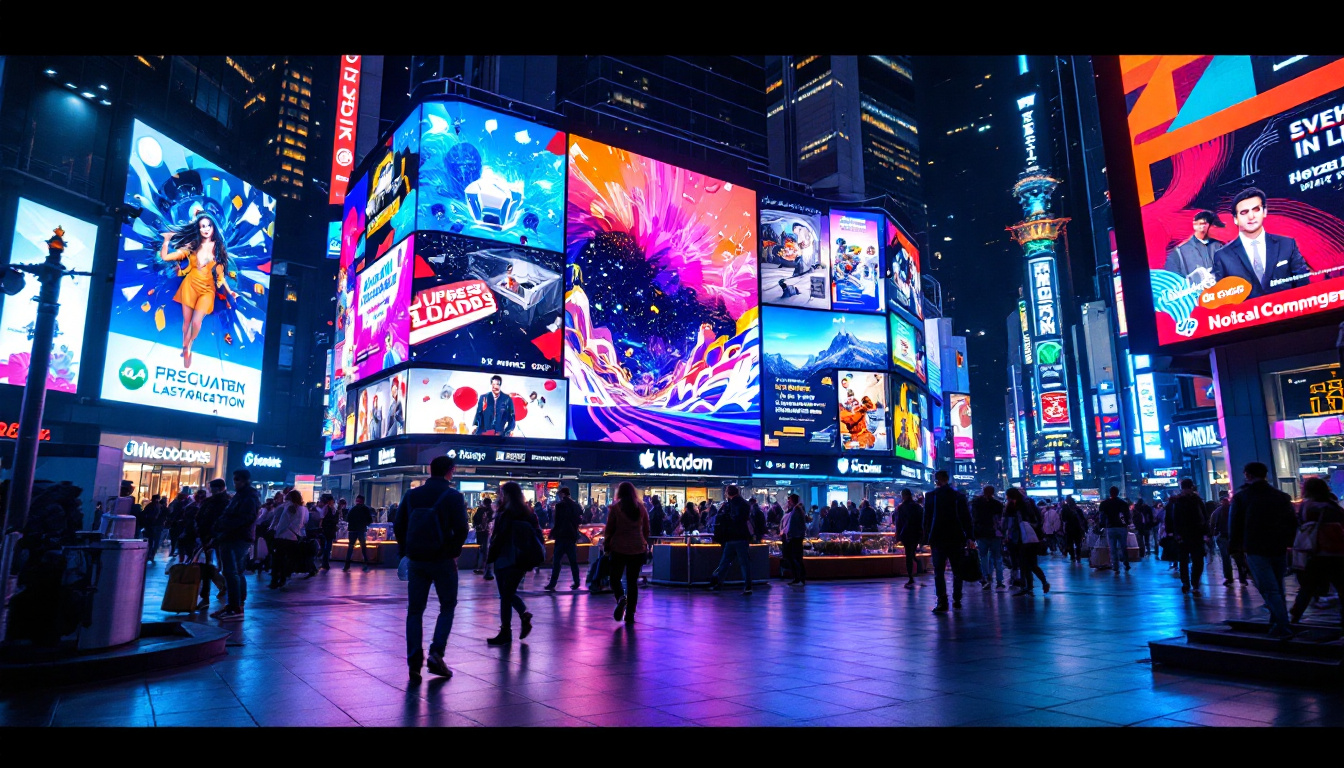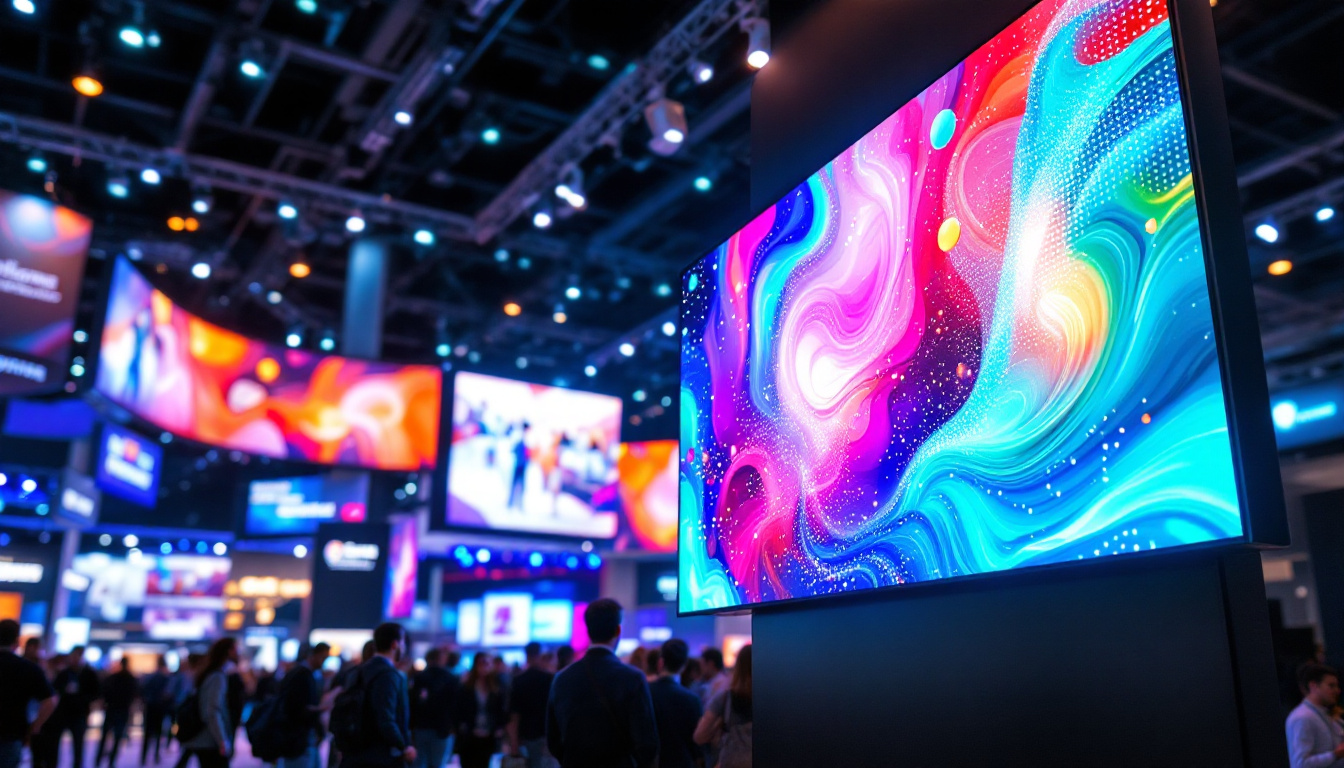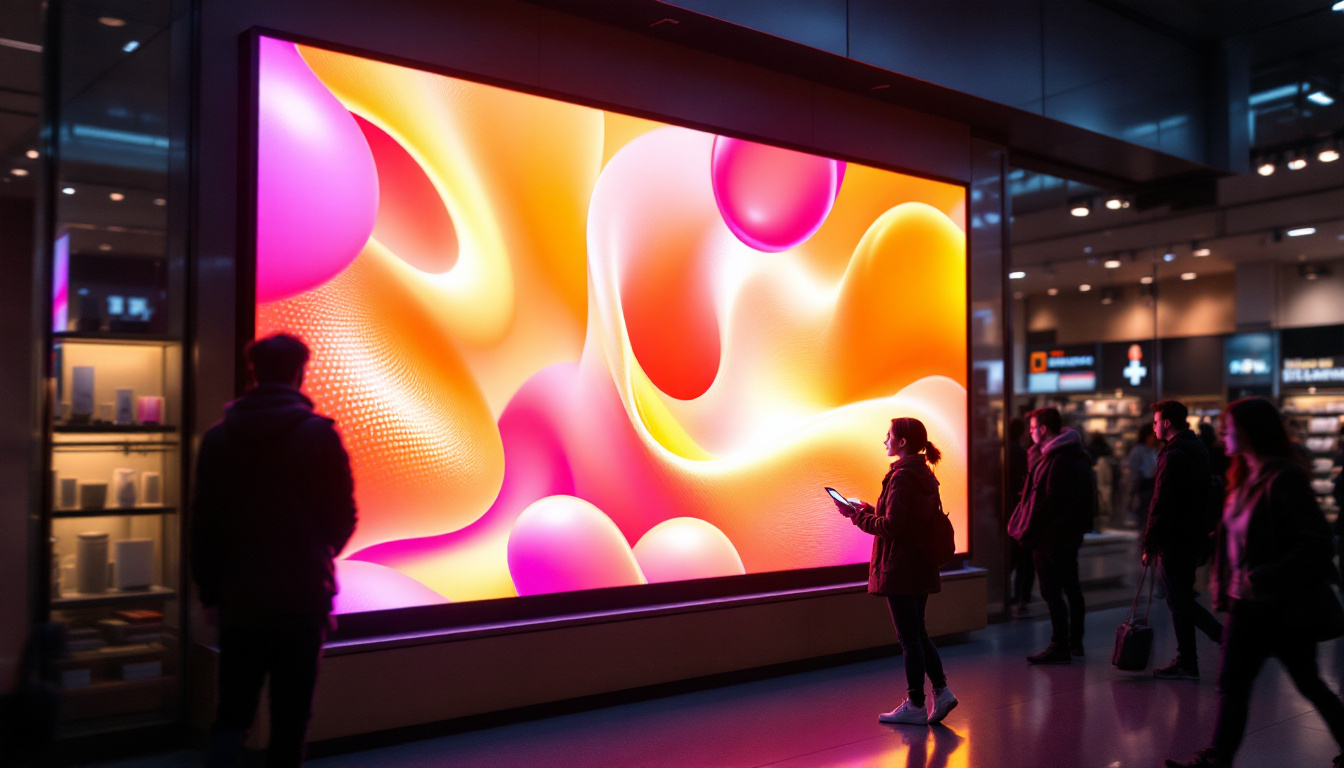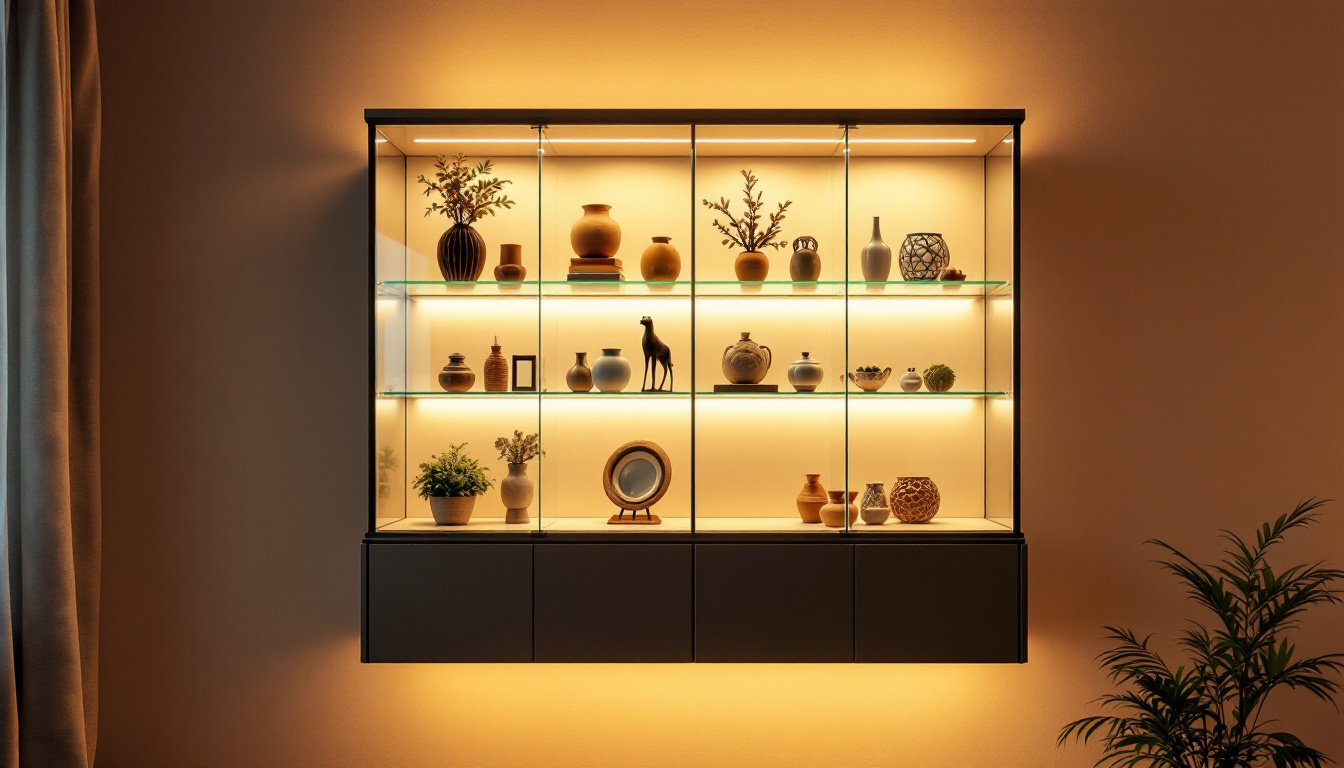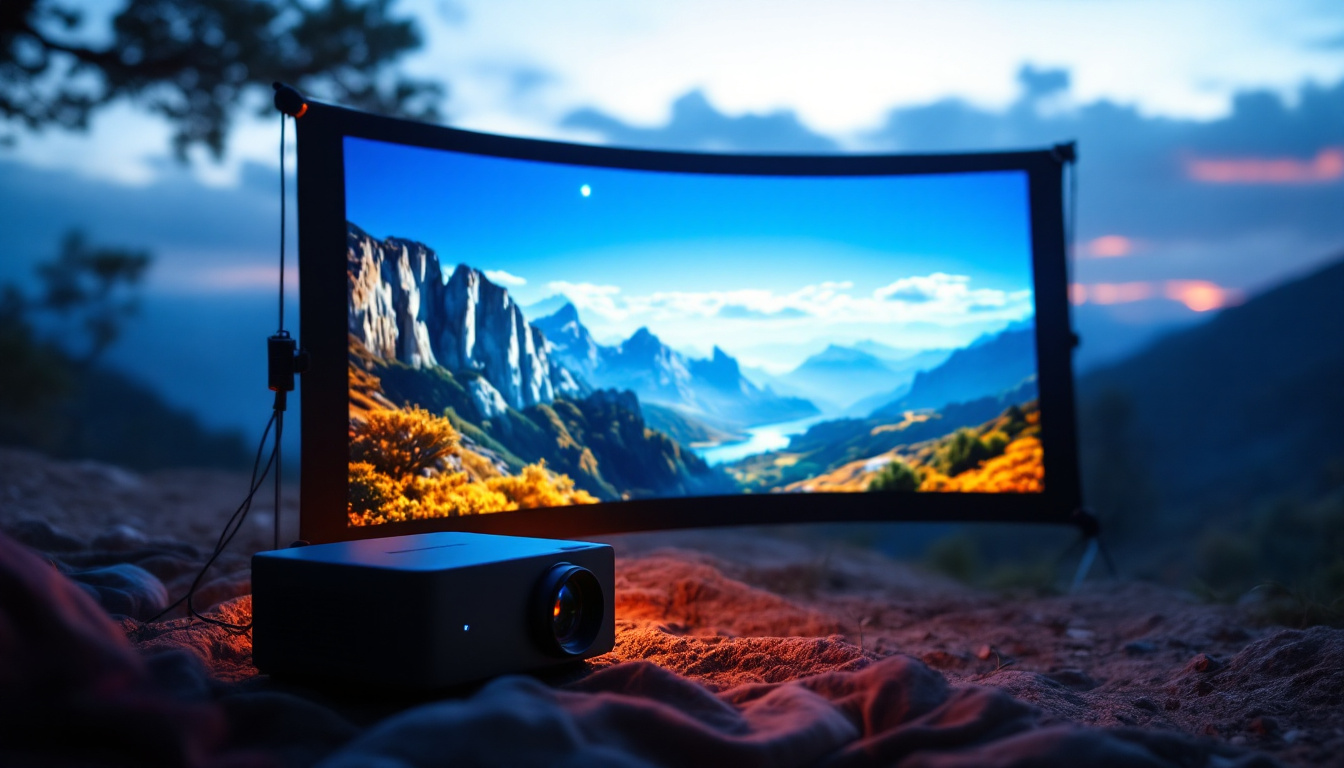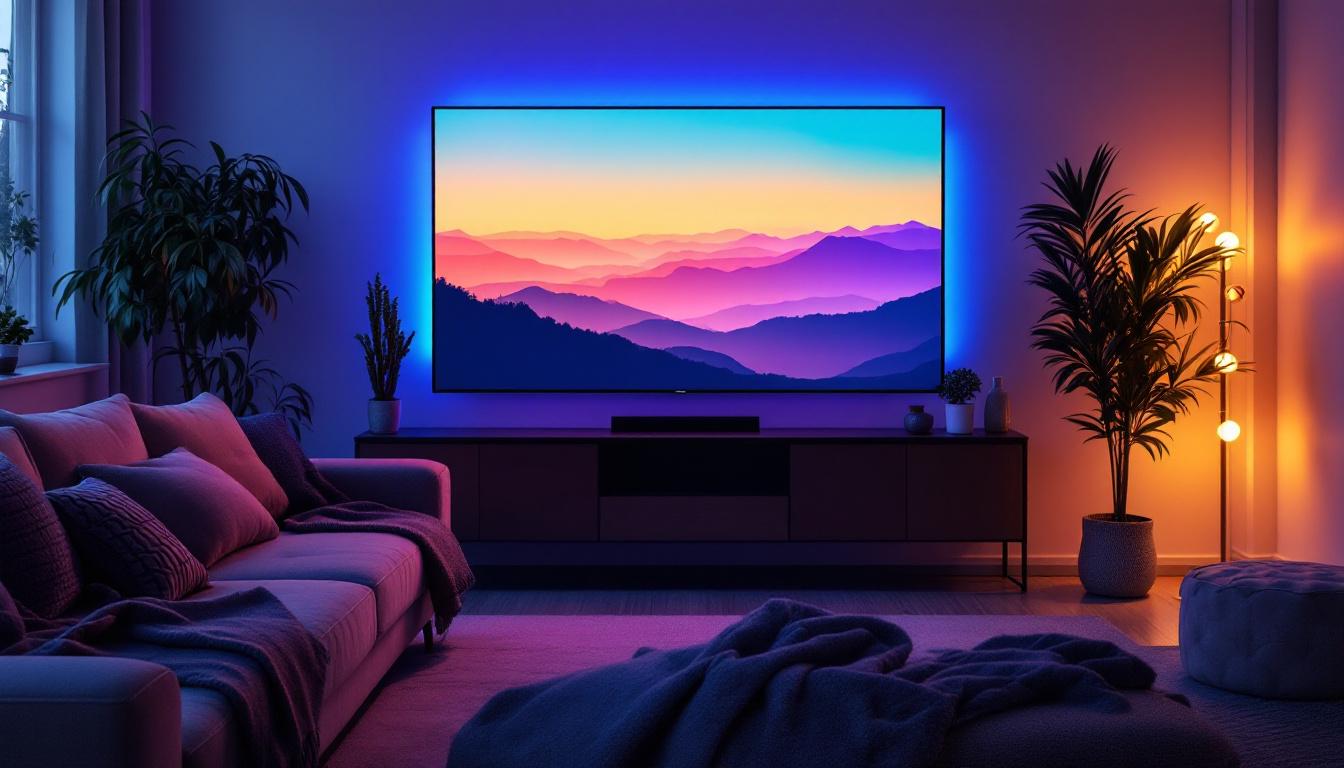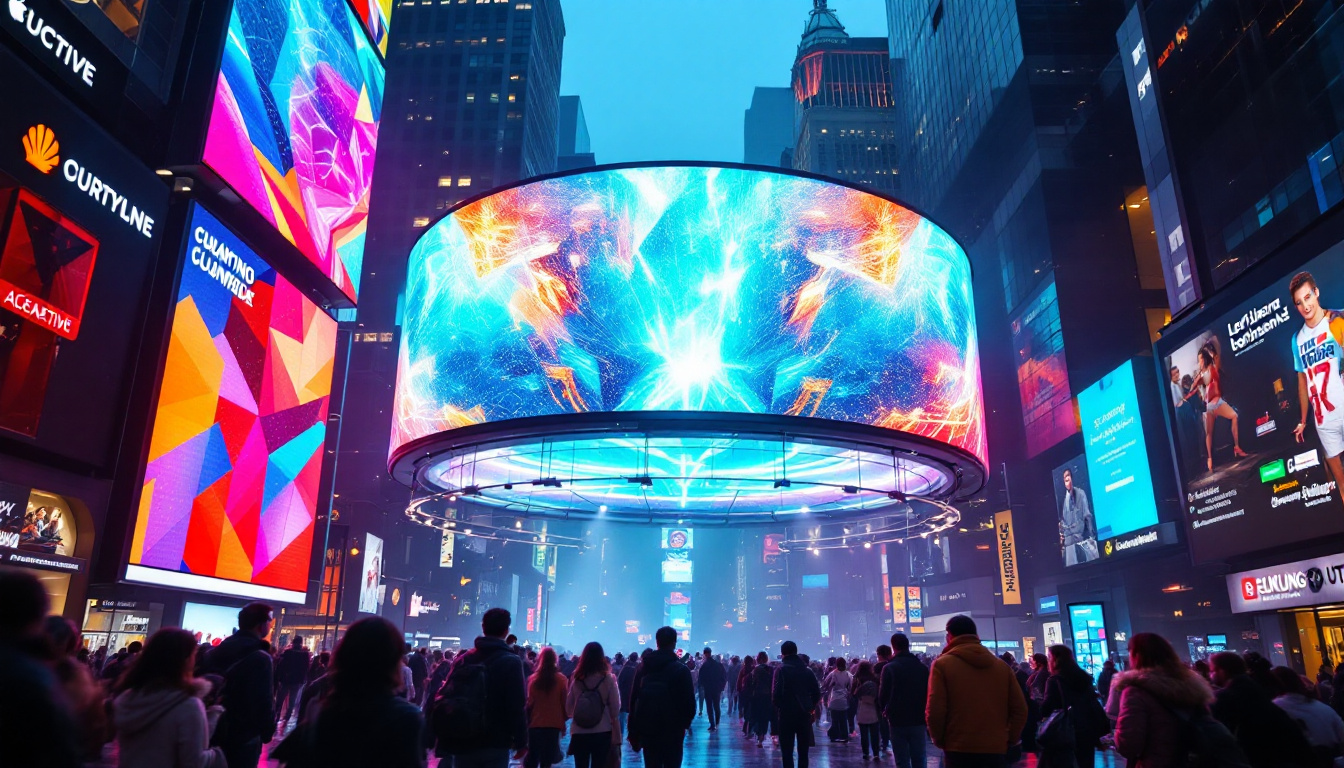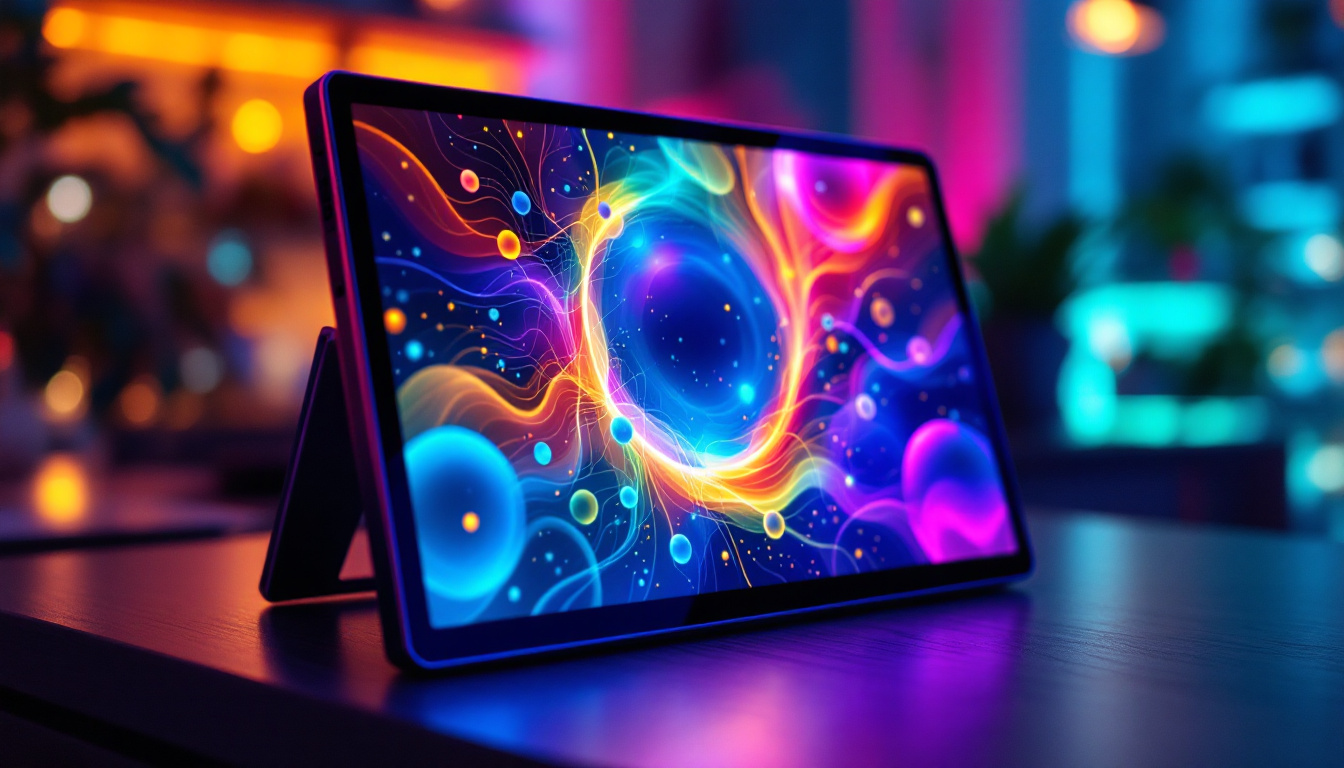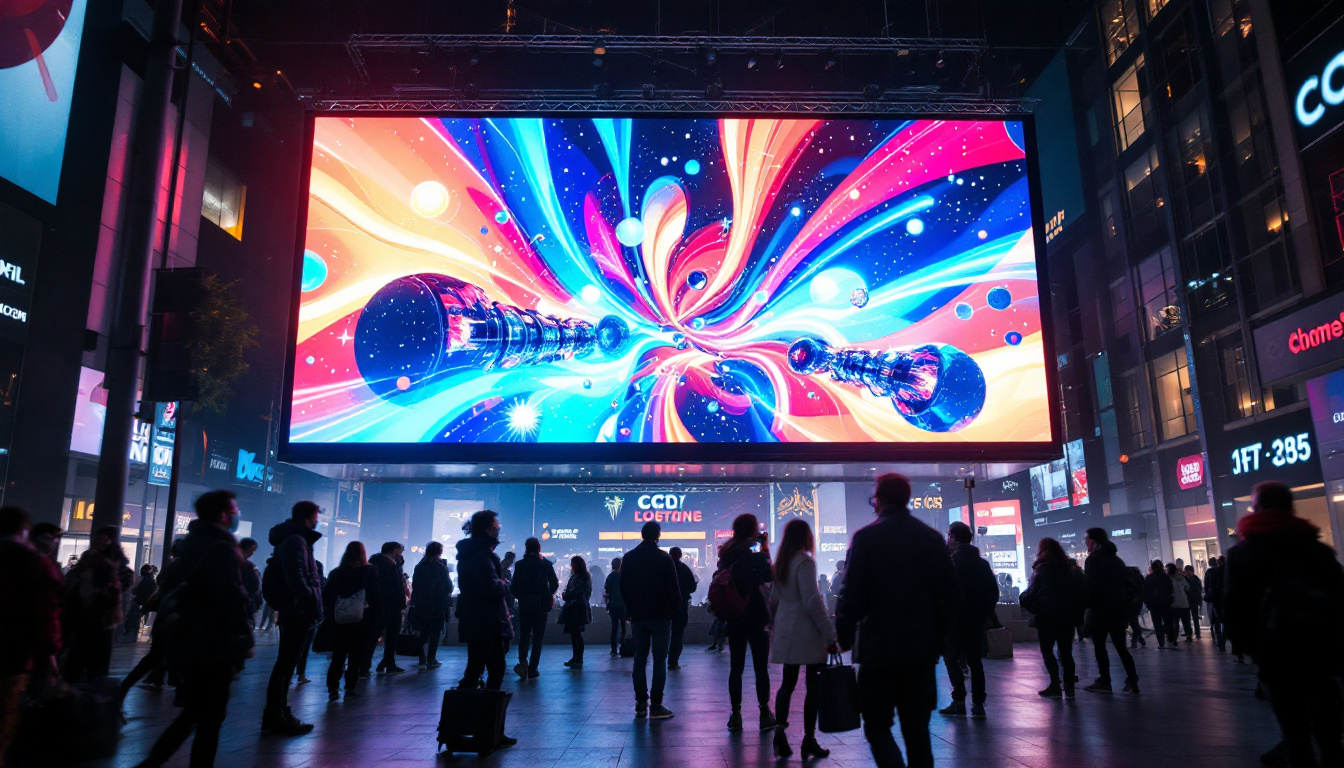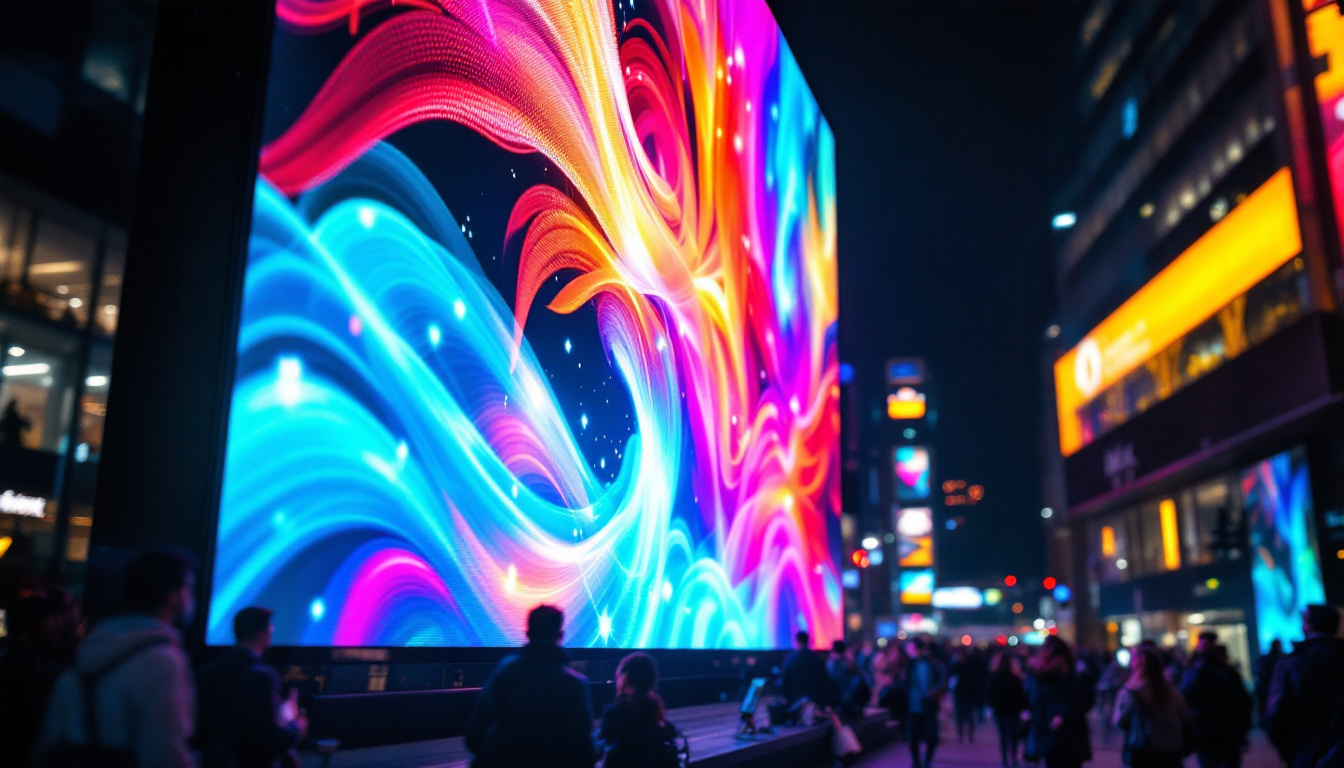In the digital age, effective communication is paramount for businesses and organizations. One of the most innovative solutions for conveying information is through LED displays, particularly wallboards. These dynamic displays can be utilized for various purposes, from showcasing real-time data to enhancing customer engagement. This article provides a comprehensive guide on how to install wallboards, ensuring that your LED display functions optimally and meets your specific needs.
Understanding Wallboards and Their Benefits
Before diving into the installation process, it’s essential to understand what wallboards are and why they are beneficial. Wallboards are large LED displays designed to present information in a visually appealing and easily digestible format. They are commonly used in corporate environments, retail spaces, and public venues. Their versatility allows them to serve multiple purposes, from displaying key performance indicators in a business setting to showcasing promotional content in a retail store, making them a valuable asset across various industries.
Key Features of Wallboards
Wallboards come equipped with various features that enhance their functionality. These include high-resolution displays, customizable layouts, and the ability to integrate with various software systems. The flexibility in design allows organizations to tailor the information presented to their audience effectively. Furthermore, many wallboards offer touch-screen capabilities, enabling users to interact directly with the content, which can lead to a more engaging experience. Some models also support multi-screen setups, allowing for a broader range of information to be displayed simultaneously, which is particularly useful in busy environments where quick access to data is crucial.
Benefits of Using LED Wallboards
The advantages of LED wallboards extend beyond aesthetics. They can significantly improve communication efficiency, increase engagement, and provide real-time updates. Additionally, their energy-efficient technology ensures that they are both cost-effective and environmentally friendly. The ability to update content remotely means that organizations can quickly adapt their messaging to suit changing circumstances, such as promoting a flash sale or displaying urgent announcements. This adaptability not only helps in maintaining relevance but also fosters a dynamic atmosphere that can captivate audiences and encourage interaction.
Moreover, the use of wallboards can enhance team collaboration within organizations. By displaying project timelines, team performance metrics, or even motivational quotes, wallboards can create a shared space for information that keeps everyone aligned and motivated. In a corporate setting, for instance, having a wallboard dedicated to displaying sales targets and achievements can inspire healthy competition among teams, driving overall performance. In addition, the visual nature of wallboards caters to diverse learning styles, making it easier for individuals to absorb and retain information compared to traditional text-heavy reports.
Preparing for Installation
Proper preparation is crucial for a successful installation. Before proceeding, several factors must be considered to ensure a smooth process.
Assessing Your Space
Evaluate the area where the wallboard will be installed. Consider factors such as visibility, lighting conditions, and the intended audience. The location should allow for optimal viewing angles and minimal glare from surrounding lights. Additionally, take into account the dimensions of the wall and any existing furniture or fixtures that may obstruct the view. A well-thought-out layout can enhance the overall aesthetic and functionality of the space, making it more inviting for viewers. It may also be beneficial to create a mock-up or use digital tools to visualize how the wallboard will fit into the environment before making any permanent decisions.
Choosing the Right Wallboard
Selecting the appropriate wallboard is essential for meeting your specific needs. Consider the size, resolution, and features that align with your goals. For instance, a retail environment may benefit from a larger display with vibrant colors, while an office may prioritize a more subtle design. Furthermore, think about the technology behind the wallboard; options such as LED or OLED displays can offer different advantages in terms of brightness, contrast, and energy efficiency. Researching the latest advancements in display technology can provide insights into which features will best serve your intended purpose, whether it’s for advertising, presentations, or interactive experiences.
Gathering Necessary Tools and Equipment
Before installation, ensure that all necessary tools and equipment are on hand. This may include mounting brackets, screws, a drill, a level, and wiring tools. Having everything ready will streamline the installation process and minimize delays. Additionally, consider safety equipment such as goggles and gloves to protect yourself during the installation. It may also be wise to have a helper on hand, especially for larger wallboards, to assist with lifting and positioning. Reviewing the installation manual beforehand can help familiarize you with the specific requirements and steps needed for your wallboard, ensuring that you are well-prepared and confident during the setup process.
Installation Process
The installation of a wallboard can be broken down into several key steps. Following these steps will ensure that the display is mounted securely and functions correctly.
Mounting the Wallboard
Begin by marking the desired location on the wall. Use a level to ensure that the marks are straight. Next, attach the mounting brackets to the wall using the appropriate screws and anchors. It is crucial to follow the manufacturer’s guidelines for weight limits and installation instructions. Before drilling, it may be beneficial to check for any electrical wiring or plumbing behind the wall to avoid damaging existing infrastructure. Additionally, consider the wall’s material; different surfaces, such as drywall, concrete, or brick, may require specific types of anchors and tools for a secure installation.
Connecting Power and Data Cables
Once the wallboard is securely mounted, the next step involves connecting the power and data cables. Ensure that the power source is accessible and that the cables are routed neatly to avoid any hazards. It is advisable to use cable management solutions to keep everything organized. For a cleaner look, consider using in-wall cable management systems that allow you to hide cables behind the wall. This not only enhances the aesthetic appeal but also minimizes the risk of tripping hazards. Additionally, verify that all connections are secure and that the cables are not pinched or damaged during installation, as this can affect performance.
Configuring the Display Settings
After connecting the cables, power on the wallboard and navigate through the display settings. This may involve adjusting brightness, contrast, and resolution according to the environment. Many wallboards come with software that allows for further customization, enabling users to tailor the display to their specific needs. Familiarize yourself with the available features, such as screen mirroring or scheduling content, which can enhance the functionality of the wallboard. It’s also a good idea to run a test display to ensure that all settings are optimal and that the image quality meets your expectations. Regularly updating the software can also provide new features and improvements, ensuring the wallboard remains efficient and effective over time.
Content Management for Wallboards
Once the installation is complete, the next step is to manage the content displayed on the wallboard. Effective content management is key to maximizing the impact of the display. A well-managed wallboard not only informs but also engages viewers, making it an essential tool for communication within any environment, from corporate offices to retail spaces.
Choosing the Right Content Management Software
There are various content management systems (CMS) available for managing wallboard displays. When selecting a CMS, consider factors such as ease of use, integration capabilities, and support for various media formats. A user-friendly interface will allow for quick updates and changes, ensuring that the content remains relevant. Additionally, look for a CMS that offers robust analytics features, enabling you to track viewer engagement and adjust your content strategy accordingly. This data-driven approach can significantly enhance the effectiveness of your displays.
Creating Engaging Content
Content is king when it comes to wallboards. Engaging visuals, concise messaging, and real-time data can capture the audience’s attention effectively. Utilize a mix of text, images, and videos to create a dynamic display that resonates with viewers. Regularly updating the content will also keep the audience engaged and informed. Consider incorporating interactive elements, such as polls or live social media feeds, which can encourage viewer participation and foster a sense of community. Furthermore, tailoring content to specific audiences or locations can enhance relevance and impact, making the wallboard a powerful communication tool.
Scheduling and Automation
Many CMS platforms offer scheduling features, allowing users to automate content updates. This can be particularly useful for businesses that want to display different information at various times of the day. Automation saves time and ensures that the wallboard always displays the most relevant content. For instance, a retail store might schedule promotional offers during peak shopping hours while showcasing brand stories or customer testimonials during quieter periods. This strategic approach not only optimizes viewer engagement but also aligns content with business objectives, ultimately driving sales and enhancing brand loyalty.
Maintenance and Troubleshooting
To ensure the longevity and optimal performance of your wallboard, regular maintenance is essential. Understanding common issues and their solutions can also help in troubleshooting problems quickly.
Regular Maintenance Practices
Routine maintenance involves cleaning the display surface, checking connections, and ensuring that the software is up to date. Dust and debris can accumulate on the screen, affecting visibility. Use a soft, lint-free cloth to clean the surface, and avoid using harsh chemicals that could damage the display.
Common Issues and Solutions
Despite the best efforts in installation and maintenance, issues may arise. Common problems include display flickering, connectivity issues, and software glitches. For flickering displays, check the power connections and ensure that the cables are securely attached. Connectivity issues may require troubleshooting the network or checking the data cables. For software-related problems, consult the user manual or contact customer support for assistance.
Conclusion
Installing a wallboard is a valuable investment for any organization looking to enhance communication and engagement. By following the steps outlined in this guide, you can ensure a successful installation and effective content management. Regular maintenance and troubleshooting will further contribute to the longevity and performance of your LED display.
In a world where information is constantly evolving, wallboards provide a dynamic solution for sharing updates and engaging audiences. With the right preparation and execution, your wallboard can become a powerful tool in your communication strategy.
Discover LumenMatrix LED Display Solutions
Ready to take your visual communication to the next level with a wallboard that truly stands out? Explore LumenMatrix’s comprehensive range of LED display solutions, designed to captivate your audience and amplify your message. From vibrant Indoor LED Wall Displays to robust Outdoor LED Wall Displays, and from versatile Vehicle LED Displays to innovative Custom LED Displays, LumenMatrix has the technology to transform your space. Experience the future of digital signage and create unforgettable visual experiences with LumenMatrix. Check out LumenMatrix LED Display Solutions today and see how we can help you share your message with impact and clarity.

